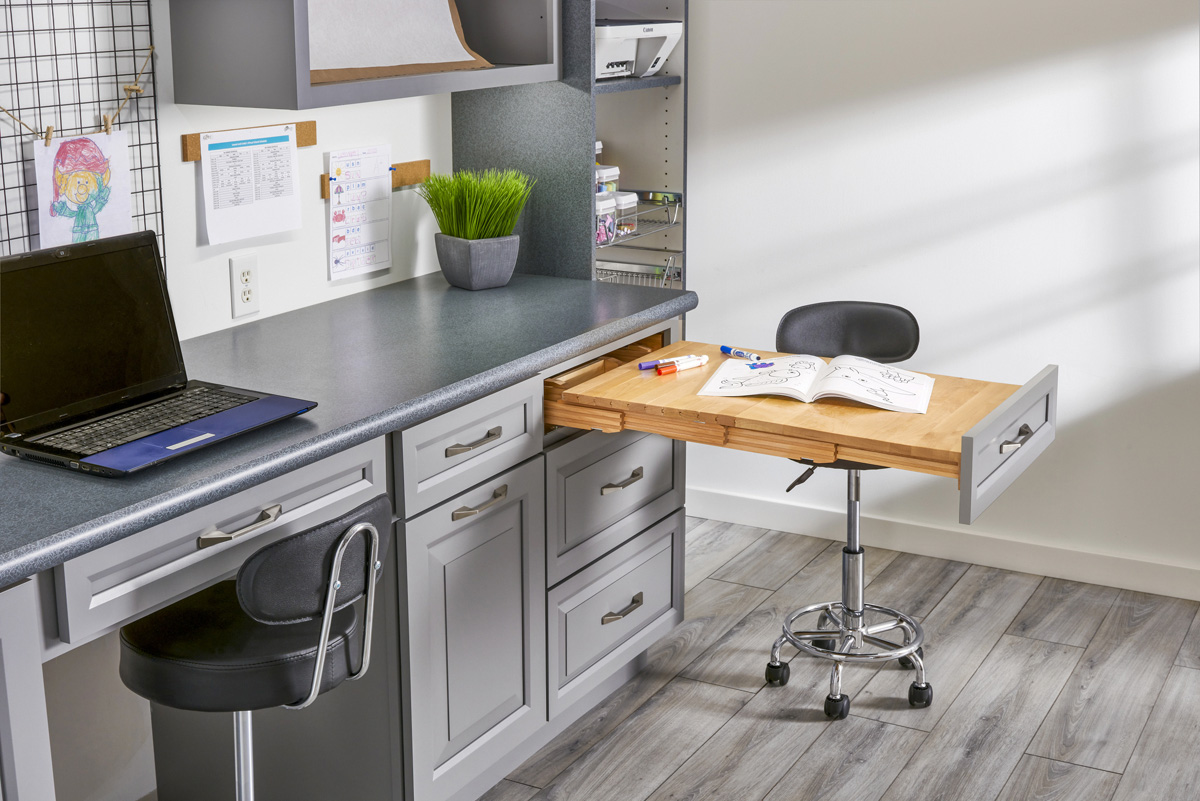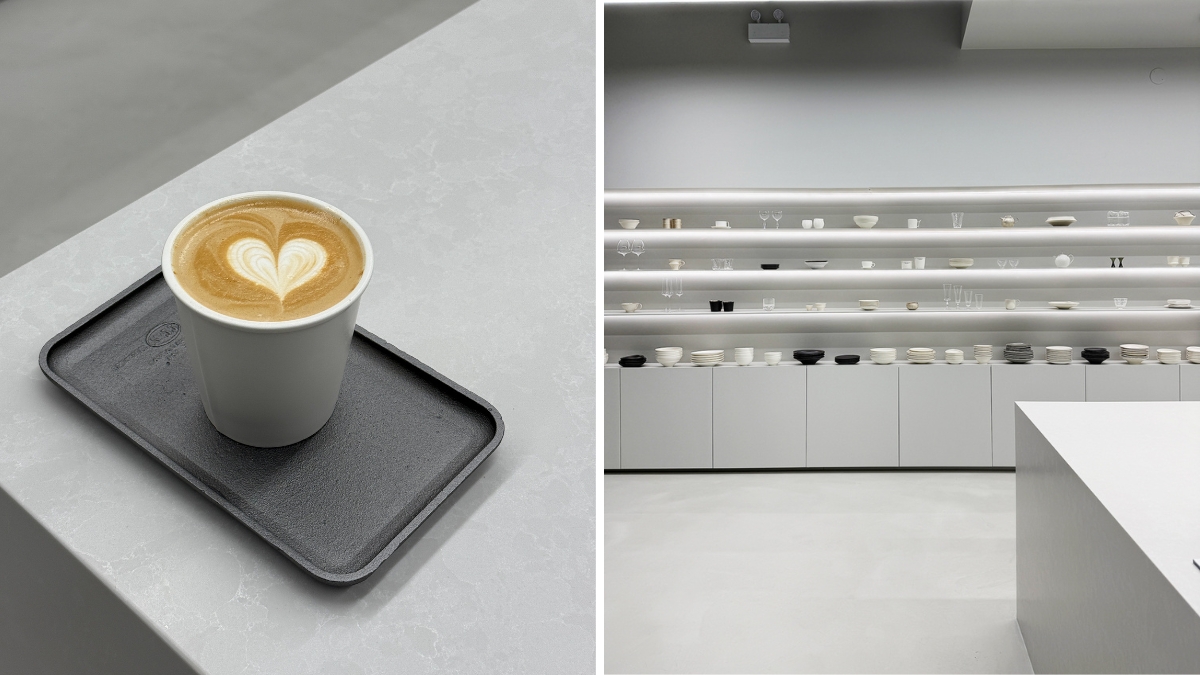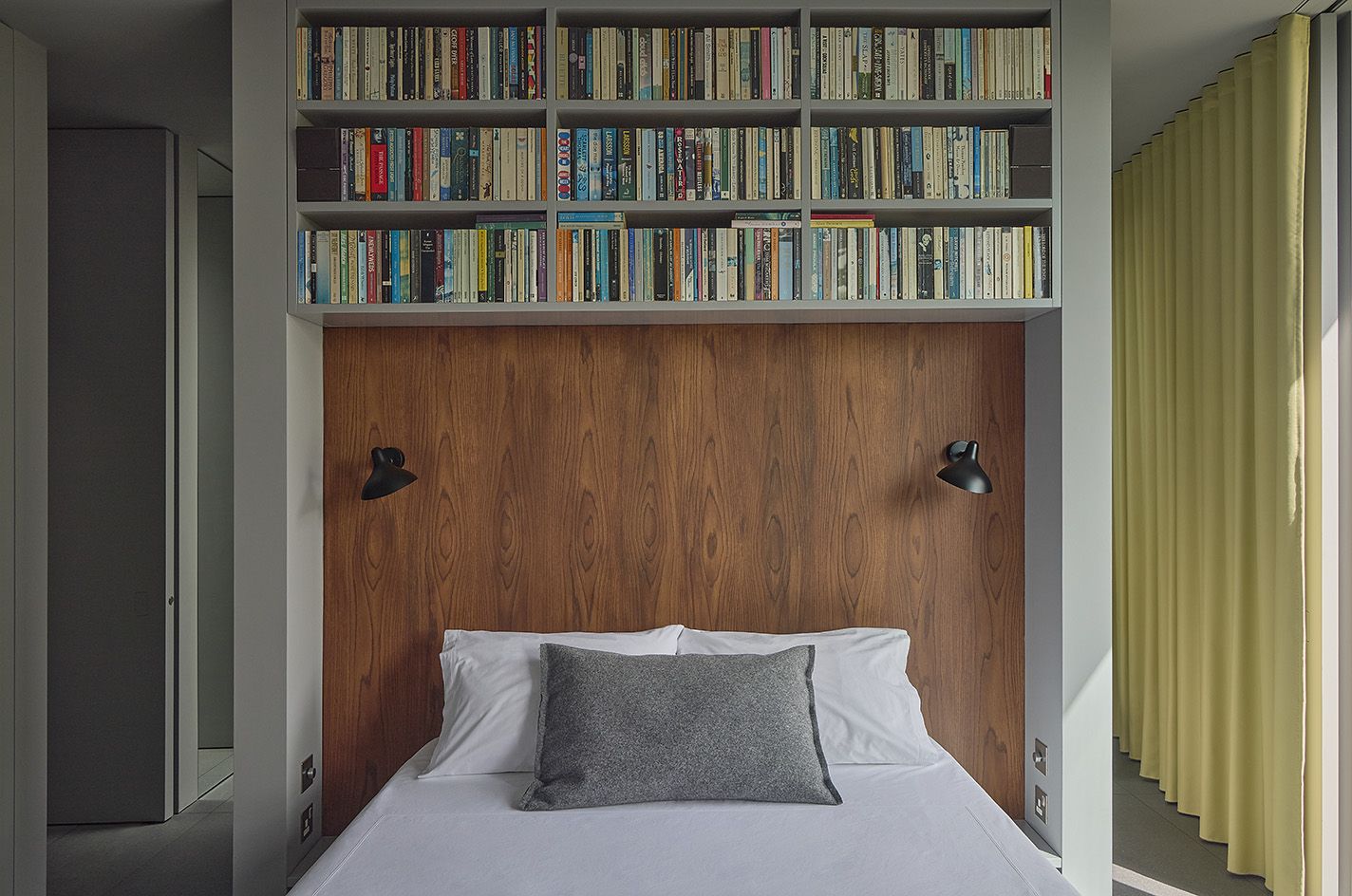Adaptive Reuse Project at USC School of Dramatic Arts Demonstrates Impact of Infrastructure on Interior Planning Success

Optimizing Energy Use for LEED
Integrating infrastructure for dramatic arts instruction and faculty within the existing building required meticulous coordination, including aligning the reflected ceiling plans (RCP) with structural elements and MEP, fire protection, and lighting systems.
As an all-electric building with increased electrical demands, the SDA design required a new electrical service tapped off the campus electric loop, driven by new program load and performance equipment. A compact inverter supports emergency lighting loads to enhance resilience and flexibility while continuing to maximize usable space. Meanwhile, a main electrical switchboard can rapidly connect to a portable generator in the electrical yard, enabling a full building load backup.
To further address LEED criteria, non-performance spaces feature lighting controls that automatically power down general lighting after periods of inactivity. Office spaces boast operable windows interlocked with air conditioning systems, allowing occupants to take advantage of fair weather. By opening windows and using ceiling fans, occupants can naturally condition their spaces, automatically deactivating the air conditioning and reducing energy consumption without sacrificing comfort. Additionally, advanced metering strategies have been integrated into the building’s MEP systems, enabling real-time energy usage monitoring to identify and address inefficiencies.
Clearing On-Time Challenges
The construction phase presented several obstacles, all successfully addressed through strategic planning and collaboration.
Throughout the project, the design team maintained open communication with contractors, adapting design plans to structural realities that emerged during demolition and construction—realities that could not have been anticipated due to the building’s age and unconventional construction.
One significant issue was the extended lead times for electrical equipment, which delayed the delivery of the main medium-voltage transformer by several weeks. To ensure the construction schedule was met, the design team and contractors procured a temporary medium-voltage transformer, which required re-evaluating building loads and load estimation strategies.
Another unexpected challenge was the discovery of a storm drain culvert during the excavation, obstructing the connection to the campus electric loop. Fortunately, USC facilities staff diligently preserved historical records, enabling the design team, with contractor support, to quickly re-route the electrical connection point and keep the project on track.
Applying Lessons to Future Projects
While there is no one-size-fits-all approach to adaptive reuse projects, each project presents valuable lessons that inform future endeavors. Key takeaways from the UUC project include:
- Certain areas may need to be revisited during construction due to gaps in information available during the design process.
- The project scope may evolve as unforeseen modifications arise, often extending beyond initial expectations. Accurately identifying all areas affected by planned alterations can be challenging, as existing documentation may not reflect the building’s true condition.
- Design strategies should incorporate flexibility to adapt to unexpected obstacles.
- Foster strong team commitment and collaboration to enable innovative and effective solutions.
Adaptive reuse projects involving historical preservation require a delicate balance between honoring the past and embracing modern functionality. With an experienced team that approaches obstacles with creativity and adaptability, the challenges transform into opportunities to achieve exceptional outcomes while safeguarding architectural heritage. After three years of thoughtful planning and execution, USC’s new School of the Dramatic Arts is poised to take center stage, inspiring the next generation of storytellers and performers.
link







